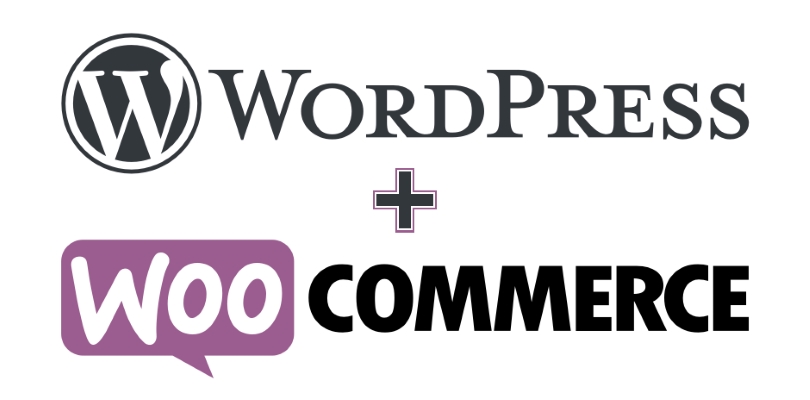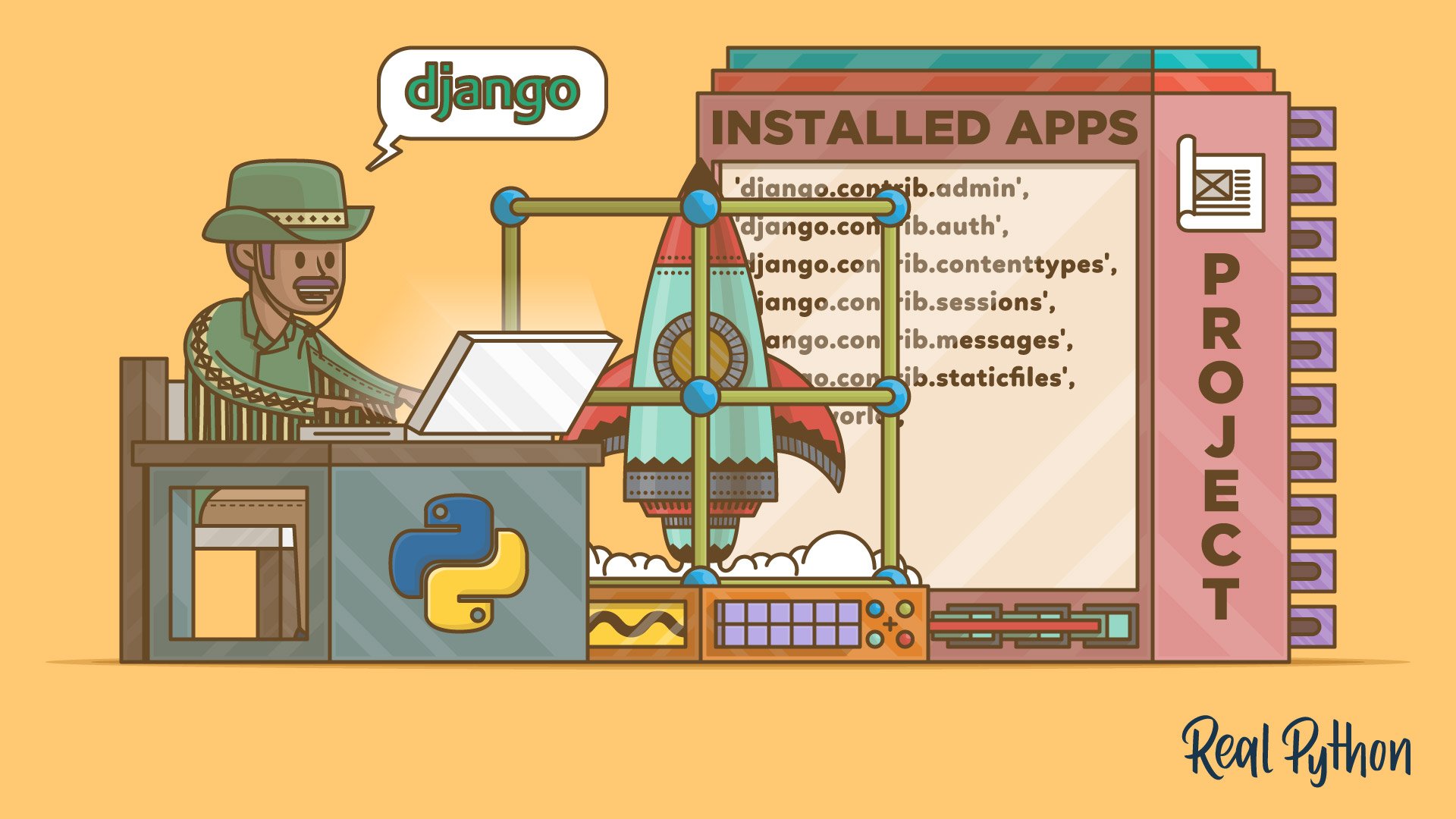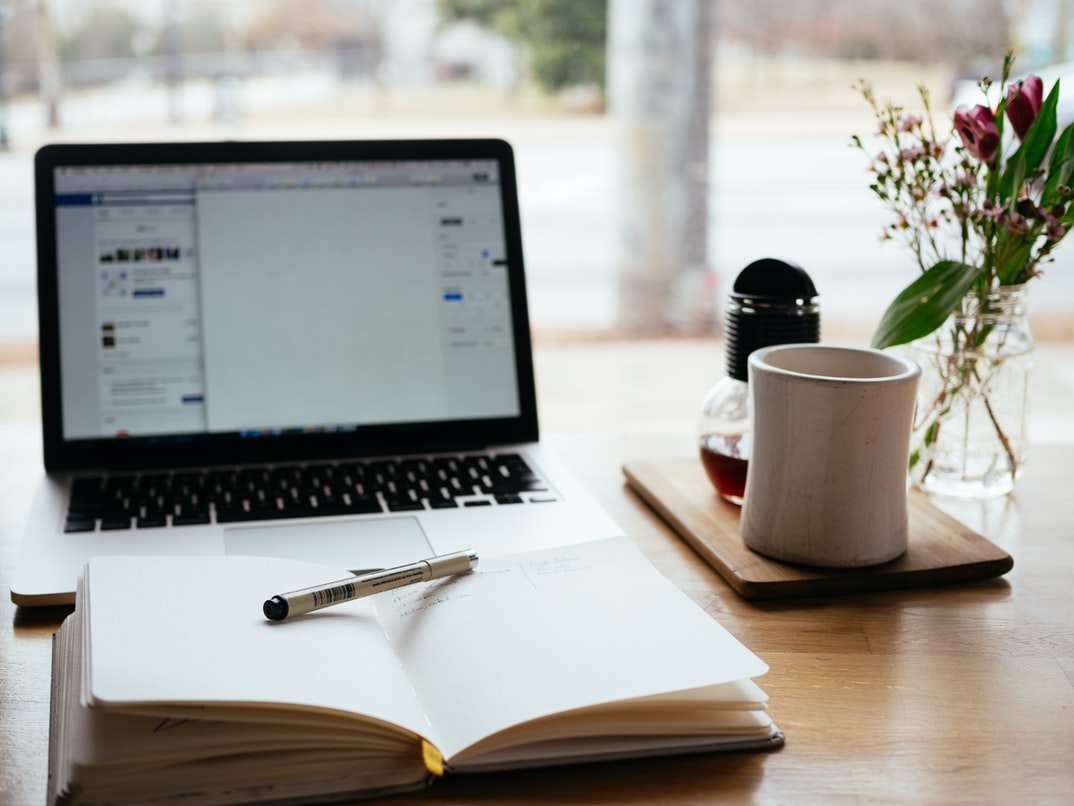How Long Does It Take to Implement Odoo?
One of the most common questions for businesses considering Odoo is, "How long will the implementation take?" The answer depends on several factors, such as the size and complexity of your business, the number of modules you need, and whether customizations or integrations are required.
To help you better understand the timeline, let’s break down the Odoo implementation process and its key stages.
1. Factors That Affect Implementation Time
The implementation timeline can vary significantly based on these factors:
- Business Size and Complexity: Larger businesses with complex workflows typically take longer to implement than smaller, simpler ones.
- Number of Modules: The more modules you need (e.g., CRM, Inventory, Accounting), the longer the implementation process will take.
- Customization Requirements: Custom workflows, fields, or reports can extend the timeline.
- Data Migration: The volume and complexity of data to migrate from your existing systems can influence the duration.
- User Training: Time spent training your team to use Odoo effectively is critical and may add to the overall timeline.
2. Typical Implementation Timeline
Below is a general guide to the timeline for implementing Odoo:
a. Small Business (Simple Implementation)
- Modules Needed: Basic modules such as CRM, Sales, and Accounting.
- Customization: Minimal or none.
- Data Migration: Small volume of data.
- Timeline: 2 to 6 weeks
b. Medium-Sized Business
- Modules Needed: Multiple modules such as Inventory, Purchase, and Manufacturing.
- Customization: Moderate customizations for specific workflows.
- Data Migration: Moderate amount of historical data.
- Timeline: 2 to 4 months
c. Large Enterprise (Complex Implementation)
- Modules Needed: A wide range of modules across departments (e.g., HR, Manufacturing, and Project Management).
- Customization: Extensive customizations to meet unique business needs.
- Data Migration: High volume of complex data.
- Timeline: 6 months to over a year
3. Stages of Odoo Implementation
To understand how the time is distributed, here’s a breakdown of the stages involved in an Odoo implementation:
a. Discovery and Planning
- Timeline: 1 to 3 weeks
- Activities: Understanding your business requirements, mapping workflows, selecting modules, and creating an implementation plan.
b. System Configuration
- Timeline: 2 to 6 weeks
- Activities: Installing Odoo, setting up modules, and configuring basic workflows.
c. Customization (if needed)
- Timeline: 2 to 12 weeks (or more, depending on complexity)
- Activities: Developing custom features, workflows, or reports tailored to your business.
d. Data Migration
- Timeline: 1 to 4 weeks
- Activities: Exporting data from your existing systems, cleaning it, and importing it into Odoo.
e. Testing
- Timeline: 1 to 3 weeks
- Activities: Testing the system for errors, verifying data integrity, and ensuring all modules work as expected.
f. User Training
- Timeline: 1 to 3 weeks
- Activities: Training employees to use Odoo effectively and providing user guides.
g. Go-Live
- Timeline: 1 to 2 weeks (including support)
- Activities: Deploying the system, monitoring for issues, and providing immediate support.
4. How to Speed Up Implementation
To reduce implementation time, consider the following tips:
- Start Small: Focus on essential modules first and add more later.
- Standardize Processes: Avoid unnecessary customizations and use Odoo’s standard features where possible.
- Hire an Expert: Work with an experienced Odoo implementation partner to streamline the process.
- Prepare Your Data: Clean and organize your data before migration.
- Engage Your Team: Involve employees early and provide adequate training.
5. Why Planning Is Key
A well-planned implementation is faster and more efficient. By clearly defining your goals, involving the right stakeholders, and working with experts, you can ensure that the implementation process stays on track and meets your business needs.
Final Thoughts
The time it takes to implement Odoo varies depending on your business size, requirements, and resources. While smaller businesses can go live in a matter of weeks, larger enterprises with complex needs may take several months to a year. However, the time spent is an investment in a system that will improve efficiency, scalability, and overall business performance.
If you’re considering implementing Odoo, contact us today to discuss your requirements and get an accurate timeline for your project!
Get in Touch with us
Related Posts
- 用 AI 改造 COI 管理:真实工厂案例解析(Hybrid Rasa + LangChain)
- How AI Transforms COI Management: A Real Factory Use Case (Hybrid Rasa + LangChain)
- SimpliAgentic —— 新一代自律智能工厂,从这里开始
- SimpliAgentic — The Future of Autonomous Factory Automation Has Arrived
- 为什么理解 Android Internals(安卓内部机制)如此重要?——帮助企业打造高价值系统级服务
- Why Android Internals Matter — And the High-Value Services Your Business Can Build With Them
- 为什么企业应该开发自己的电商系统(而不是依赖租用型平台)
- Why Your Business Should Build Its Own E-Commerce System (Instead of Renting One)
- Upstream、Downstream 和 Fork:Android 与 Linux 开发者必须理解的核心概念
- Upstream, Downstream, and Fork: A Clear Guide for Android & Linux Developers
- NVIDIA、Microsoft、OpenAI、Google、Oracle 以及 AMD:正在共同推动 AI 泡沫如何形成?
- The Real AI Bubble: How NVIDIA, Microsoft, OpenAI, Google, Oracle — and Now AMD — Shape the Future of Compute
- 深度学习在房地产开发中的应用
- Deep Learning in Property Development
- 代码修复与遗留系统维护服务 —— Simplico 助力企业保持系统稳定、安全、高效
- Code Fixing & Legacy System Maintenance — Keep Your Business Running Smoothly with Simplico
- Python 深度学习在工厂自动化中的应用:2025 全面指南
- Python Deep Learning in Factory Automation: A Complete Guide (2025)
- 工厂 / 制造业专用 Python 开发与培训服务
- Python Development & Industrial Automation Training Services














